Building of the Day: 691 Willoughby Avenue
Brooklyn, one building at a time. Name: Private house Address: 691 Willoughby Avenue Cross Streets: Throop Avenue and Marcus Garvey Blvd. Neighborhood: Bedford Stuyvesant Year Built: Unknown Architectural Style: Italianate with later 20th century alterations Architect: Unknown Landmarked: No The story: Sometimes a house calls out to you to find out its history, to discover…

Brooklyn, one building at a time.
Name: Private house
Address: 691 Willoughby Avenue
Cross Streets: Throop Avenue and Marcus Garvey Blvd.
Neighborhood: Bedford Stuyvesant
Year Built: Unknown
Architectural Style: Italianate with later 20th century alterations
Architect: Unknown
Landmarked: No
The story: Sometimes a house calls out to you to find out its history, to discover the lives of the now-forgotten people who lived and died there, and bring their stories to light. Too often, especially in neighborhoods that are not what they once were, these houses have been altered to suit the needs of those who came when times were different from when the houses were built, but that’s not really what’s important in this story, even though that’s often what draws the eye. This grand mansion was the home of many people over the last one hundred and fifty years, but two families in particular made their mark not only on the house, but on Brooklyn, and it’s their stories that make this house shine.
The earliest map I was able to access was 1880, and this house was one of only a few on the block, all substantial standalone houses, built when this was a tony suburban enclave in the Eastern District of Brooklyn. From the style, it was probably the oldest remaining house on the block. The earliest resident I was able to find was the family of P.B. Jennings, in 1885, who may have been the first owners of the house. There was but one mention of them in the newspaper. But the next owner was important, not only to the house, but to the neighborhood.
Dr. Frank Baldwin and his family lived here during the late 1890s. They had come to the house from 138 Sumner Street, not all that far from here. Dr. Baldwin was a well-known local physician who had attended New York University Medical School, and specialized in diseases of the brain, having trained at Bellevue Hospital. He was a veteran of the Battle of Gettysburg, and spent most of his career helping people who couldn’t afford medical care. He was the Chief of Clinic at the Brooklyn Hospital Dispensary, which treated charity cases. He was also president of the East Brooklyn Dispensary, and on the board of managers of the Red Cross Society of Brooklyn, and Secretary of the Bureau of Charities of Brooklyn.
He lived here at 691 Willoughby with his family, and on several occasions, opened his house for charitable fund raisers. One such occasion in 1896 was for the Bushwick Hospital at 64 Patchen Avenue, which had just opened in 1894. The paper noted that the double parlors were full of people who had come to support the hospital and its doctors, who were supplying their own surgical tools and equipment for this charitable hospital. The money raised would buy mattresses, beds and linens for this small hospital which was run out of a former private house.
Dr. Baldwin was mentioned often in the papers, as he was often consulted in accidents and other everyday tragedies that befell the people in the immediate area. He, unfortunately, was not able to cure himself, and died of pneumonia at the early age of 56, in 1912. He had moved from this house by that time, and had sold the house to another man of great charitable intent.
By the early 20th century, the demographics of the neighborhood had changed from German and Irish Catholics to a predominantly upscale Jewish neighborhood, especially on this block. 691 became home to the large family of Max Blumberg, a millionaire lumber man. Blumberg had immigrated to the US as a 14 year old from Lithuania. He got a job working with millwork, and eventually parlayed that into an extremely successful business as a lumber and millwork wholesaler. He and his wife, Lena, raised six children in this house, which they had from at least 1920, when the family appeared in the census.
The Blumbergs could have just enjoyed their hard earned money, but both Max and Lena wanted to give back. They founded the Pride of Judea Children’s Home, a Jewish orphanage in WIlliamsburg, for which Max was president until his death, a job Lena took after, until her own death, years later. Max also founded the Jewish Chronic Disease Hospital in Brooklyn, and gave generously not only to Jewish charities, but also to Catholic, Protestant and non-sectarian charities as well.
In addition to his lumber business, he was the president of the Bensonhurst Sash and Door Company, and Vice President of the Philippine Button Company. He was also president of the Globe Exchange Bank, Globe Financial Corporation and the Farmers Title Guarantee and Mortgage Company. George Blumberg, the eldest son, became a Republican state senator, and another son, Jack, was also very involved in the family’s charitable interests.
But like Dr. Baldwin, Max Blumberg died young. He suffered a heart attack while on the radio appealing for funds for the Pride of Judea Home. He died in 1938, and his funeral was here at the house. His wife Lena lived until the age of 84, and died at her home on Eastern Parkway in 1966. She was active in her husband’s charities for the rest of her life.
The house at 691 passed on to others, but none so generous or distinguished. It’s not known who replaced the original wooden columns on the porch with the brick supports that are really well done, from a craftsman point of view, but so inappropriate to the house, as is the second story porch. The carriage house next door is now a separate property, but the large lot this house sits on is a generous 70 by 105 feet. It’s now a three family house, which was shingled in brown vinyl until about 2008. The good works the Baldwins and Blumbergs performed from this house helped hundreds, maybe thousands of people. It’s good that the house survived to that we could learn about them, and their generosity. GMAP
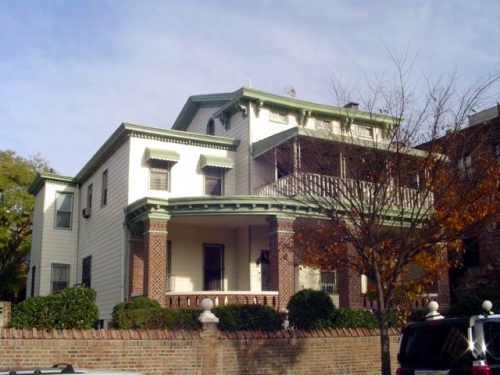




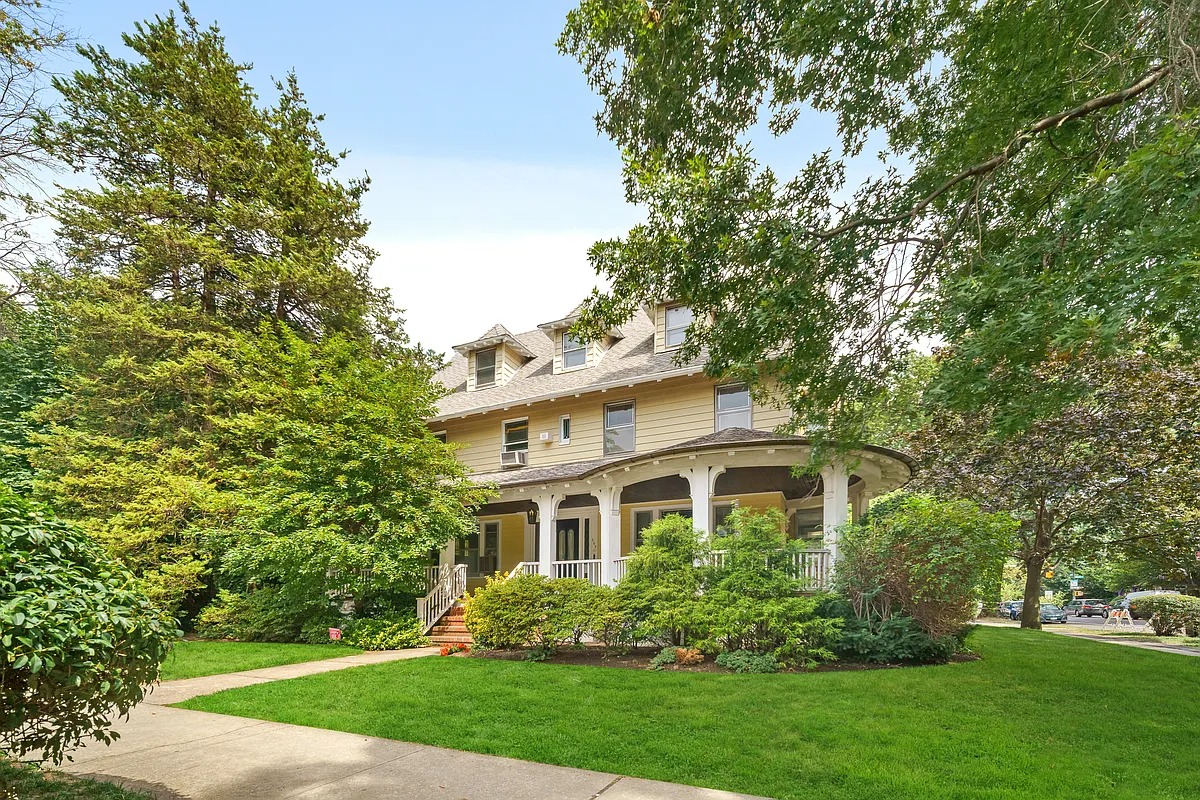
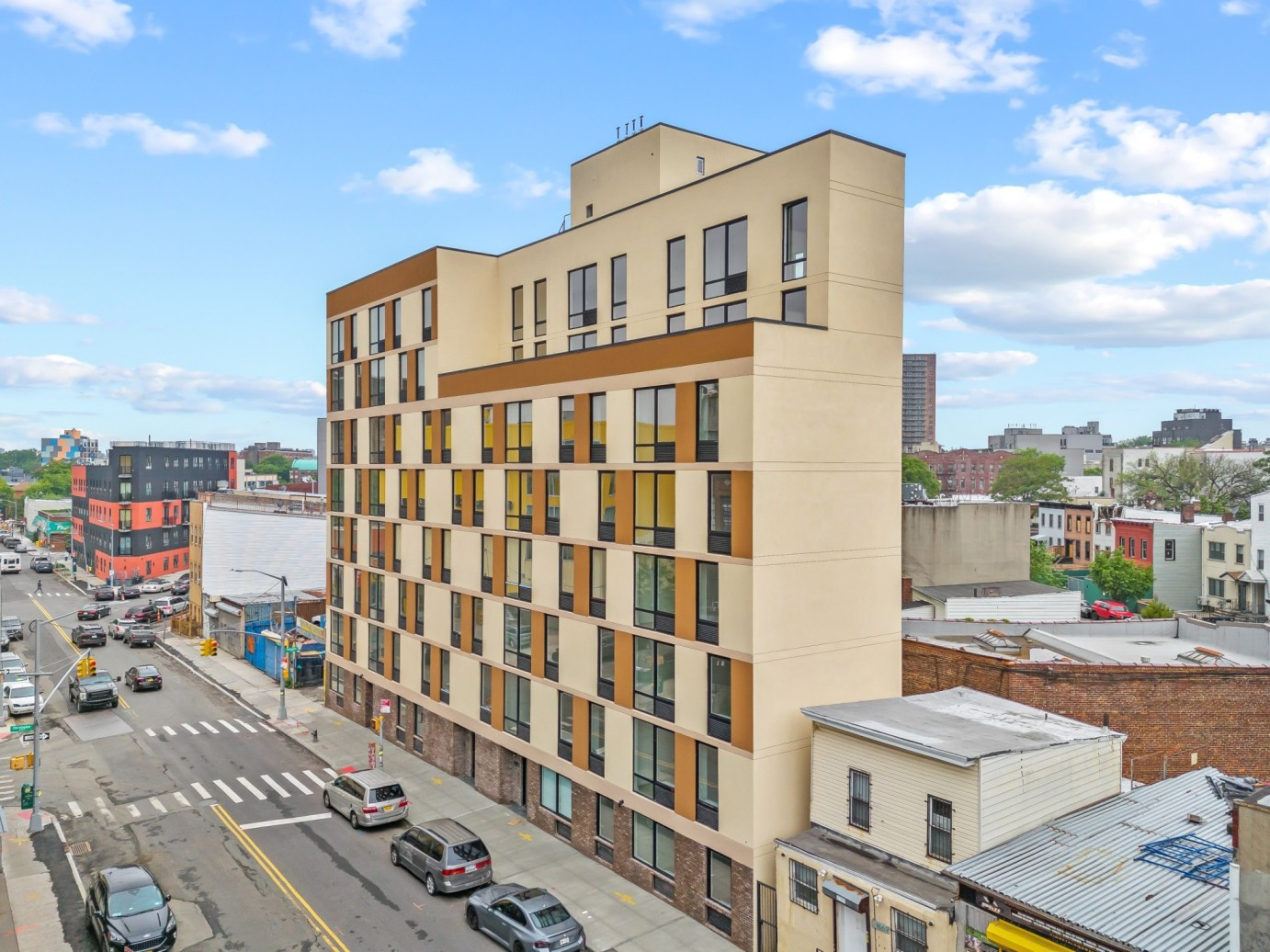
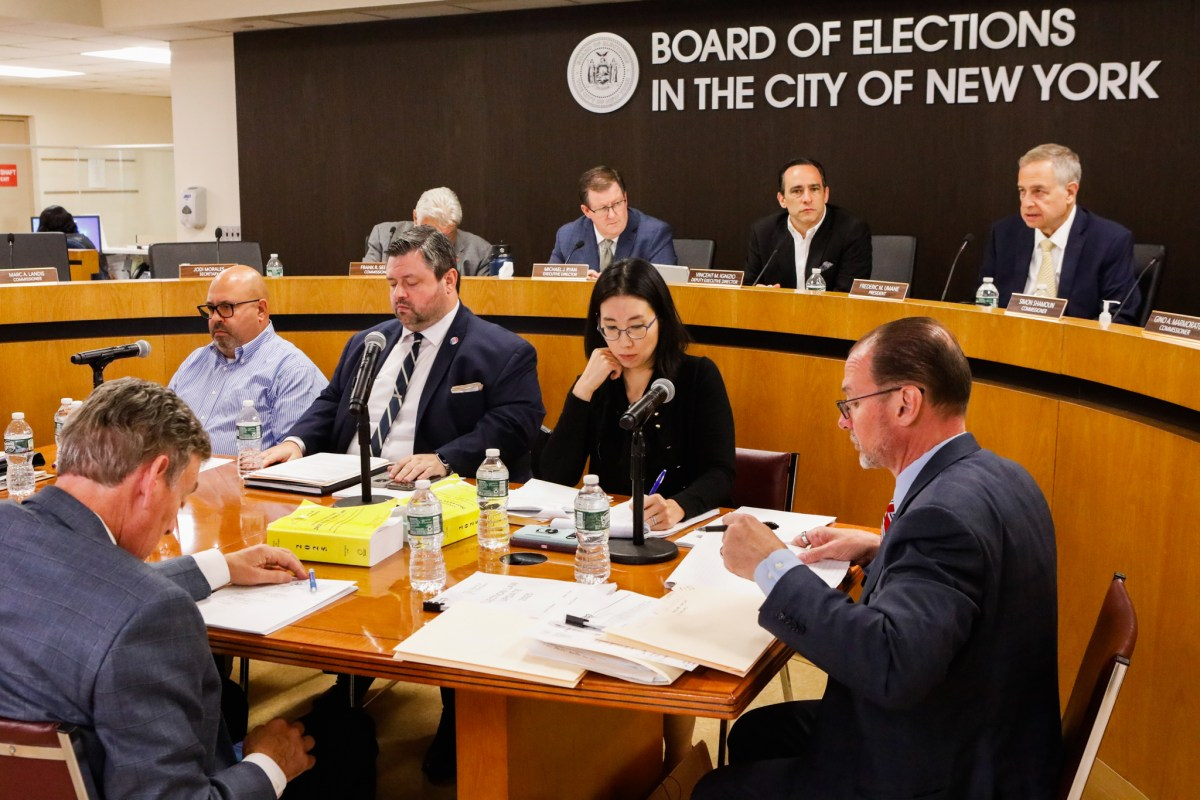
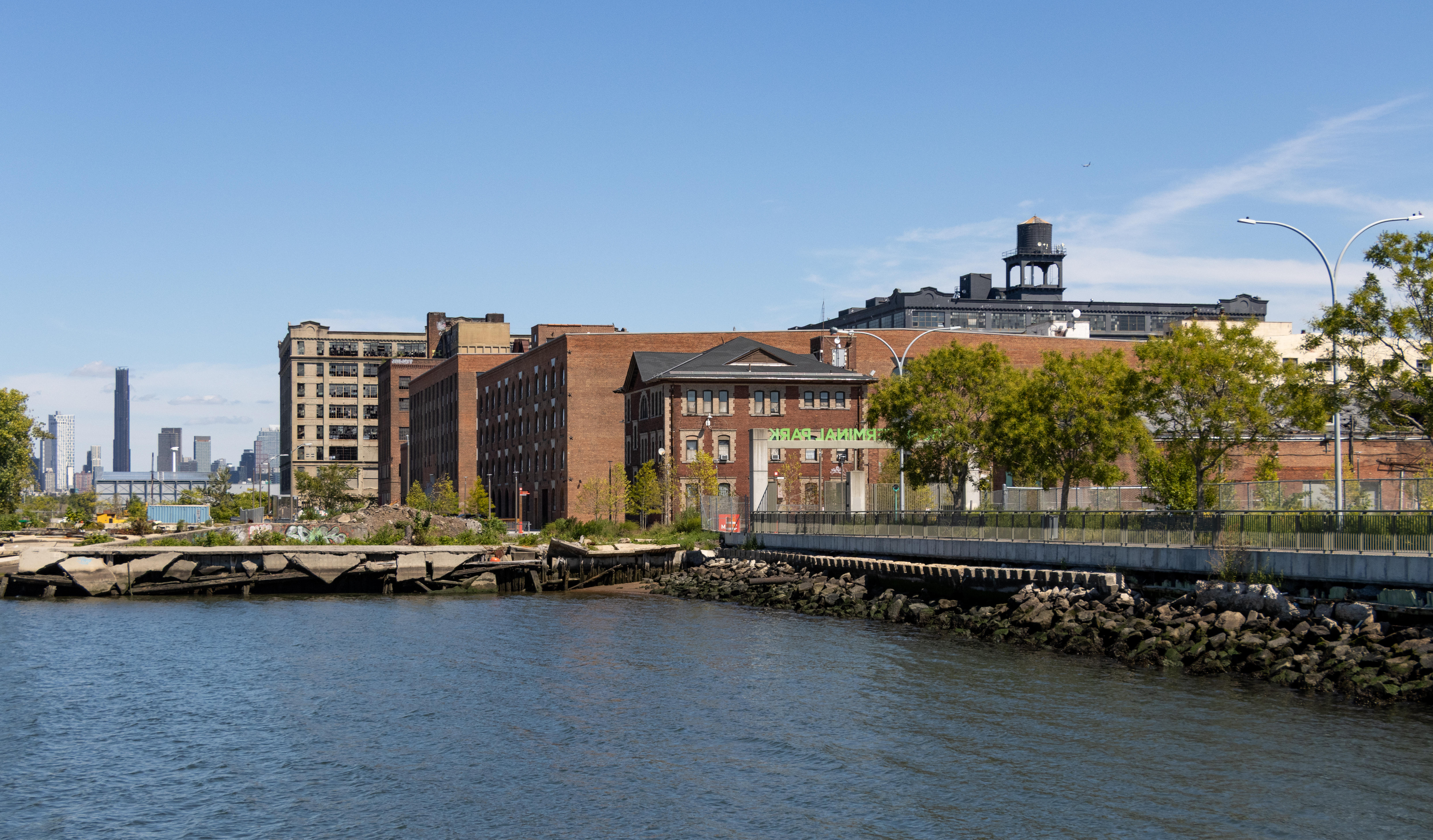
What's Your Take? Leave a Comment